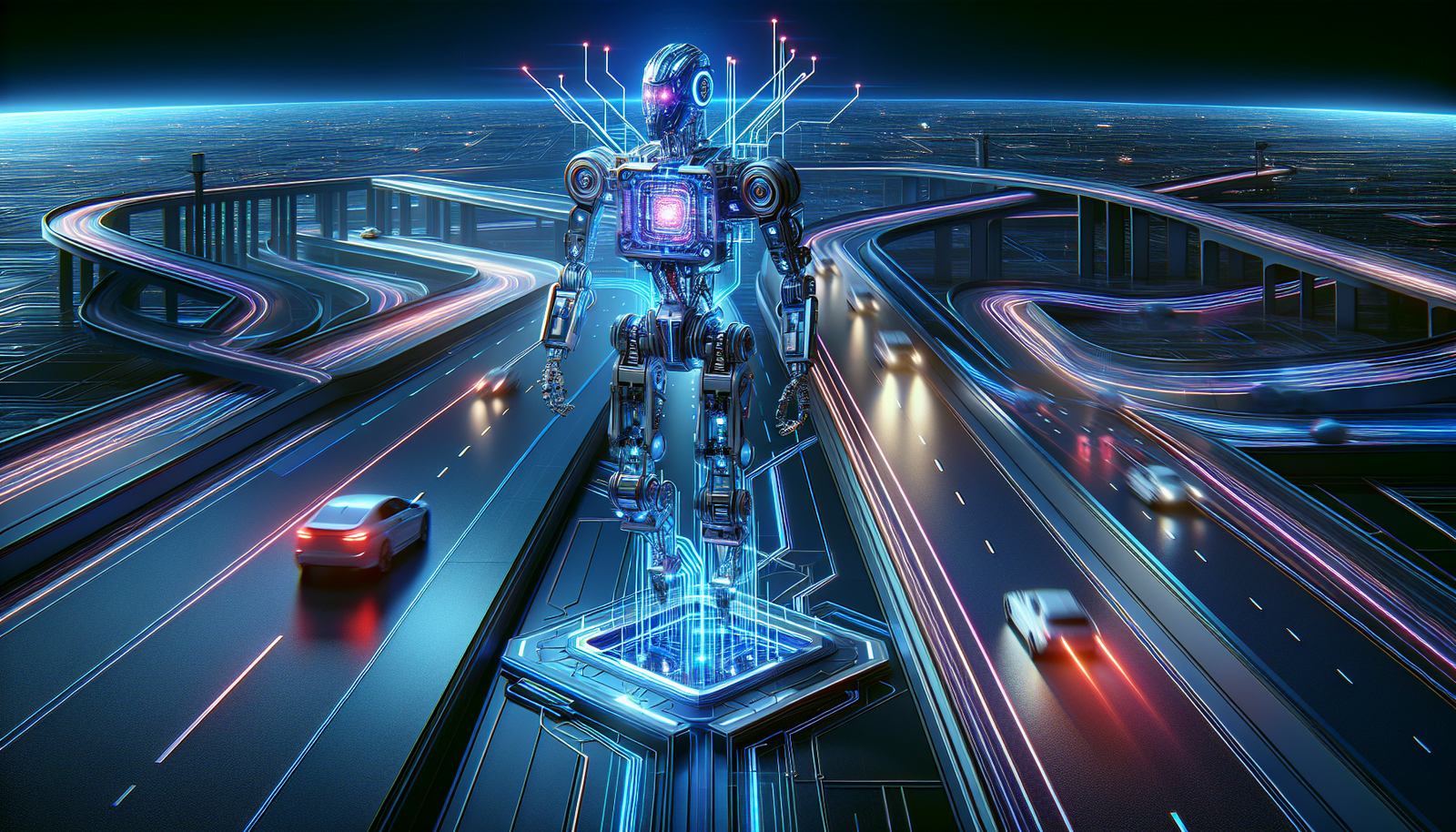The robotic navigation is transforming, leveraging the *biological mechanisms* of the brain. Recent advances in this field are creating *unprecedented* opportunities for automation. Traditional navigation systems, often inefficient, face limits in complex environments. Researchers are considering brain function-inspired approaches, paving the way for increased efficiency and unmatched precision. Intelligent models mimicking neural processing could transform this discipline. The enhanced place recognition allows robots to learn to adapt and navigate with agility comparable to that of animals.
Brain function-inspired robotic navigation
A research team from Queensland University of Technology (QUT) has undertaken an innovative initiative by drawing inspiration from the brains of insects and animals to improve the energy efficiency of robotic navigation. This project, led by postdoctoral researcher Somayeh Hussaini, proposes a place recognition algorithm that utilizes *Spiking Neural Networks* (SNNs).
The *Spiking Neural Networks* and how they work
SNNs represent artificial neural networks that imitate information processing in biological brains through discrete and brief signals. Hussaini noted that these networks are ideally suited for *neuromorphic* hardware, designed to replicate biological neural systems, thus enabling faster processing with significantly reduced energy consumption.
Current challenges in robotic navigation
Robotics has witnessed impressive growth, but many modern robots struggle to navigate complex and unknown environments. These systems often rely on artificial intelligence approaches whose training regimes require substantial computational resources. Dr. Tobias Fischer stated that animals navigate with exceptional efficiency and robustness in vast and dynamic environments.
A navigation system for complex environments
The system developed by the QUT team uses small modules of neural networks to identify precise locations from images. By combining these modules into a set of multiple neural networks, the researchers designed a scalable navigation system capable of learning to move through large environments.
Improving place recognition accuracy
This research documented a 41% improvement in place recognition accuracy, leveraging sequences of images rather than single images. This allows memory to adapt to changes in appearance over time, season after season, and even according to weather conditions.
Applications and implications of the project
This system has been successfully tested on a robot with limited resources, validating the concept of a practical approach in real-world situations where energy efficiency is essential. Hussaini mentioned that this advance paves the way for more efficient and reliable navigation systems for autonomous robots operating in energy-constrained environments.
Application areas and innovation potential
The opportunities for optimizing energy efficiency are particularly fascinating in areas such as space exploration or disaster recovery. In these contexts, reducing response times is of paramount importance. This research will be published in the *IEEE Transactions on Robotics*, highlighting its potential impact on the future of robotics.
For more information
To delve deeper into this topic, it is possible to consult related content on robotics and brain-machine interfaces, illustrating the constant evolution in the field. Similar projects, like those exploring robot perception through enhanced vision using radio signals, signal a promising dynamic within robotic research. These joint efforts shape the technological landscape as robots learn and adapt with ever-increasing efficiency.
Frequently Asked Questions about innovative robotic navigation inspired by brain functions
What is brain function-inspired robotic navigation?
Brain function-inspired robotic navigation refers to autonomous navigation systems that mimic the mechanisms of information processing in biological brains, particularly through neural networks and algorithms inspired by the brain processes of animals or insects.
How do Spiking Neural Networks (SNNs) enhance robotic navigation?
Spiking Neural Networks (SNNs) enhance robotic navigation by providing faster and more efficient processing of information, thanks to their ability to communicate through discrete signals, similar to those used by biological neurons. This enables more accurate object recognition with reduced energy consumption.
What challenges does modern robotics face in autonomous navigation?
Modern robotics faces challenges such as navigating in complex and unknown environments, where traditional navigation systems require significant computational resources and consume substantial energy, making their use impractical in certain applications.
What are the advantages of biological inspiration for robotic navigation systems?
Biological inspiration allows for the design of navigation systems that replicate the efficiency and robustness of animals navigating through varied environments. This can lead to better adaptability to environmental changes and a reduction in energy needs.
What types of applications will benefit most from advances in brain-inspired robotic navigation?
Advances in brain-inspired robotic navigation can greatly benefit fields such as space exploration, research in rugged terrains, or during natural disasters, where optimizing energy efficiency and response speed are crucial.
How do sequences of images improve place recognition in robotic systems?
The use of sequences of images rather than single images allows for more reliable place recognition by taking into account variations in the environment, such as seasonal or lighting changes, thereby increasing the robot’s navigation accuracy.
What are the future challenges regarding energy efficiency for autonomous robots?
Future challenges include the need for navigation systems that not only consume little energy but can also operate autonomously in complex environments, which is essential for prolonged missions or operations in resource-limited areas.






